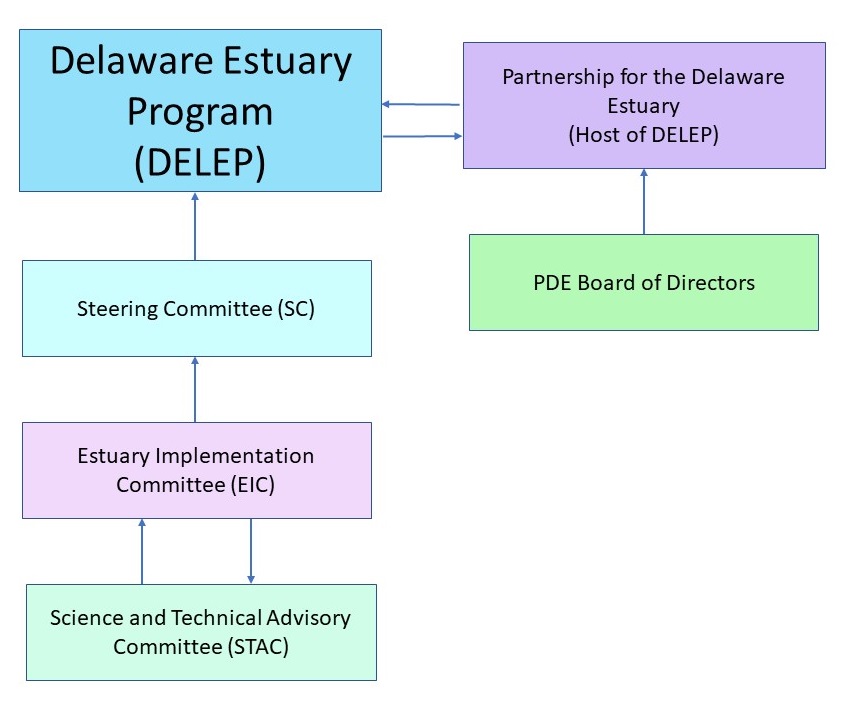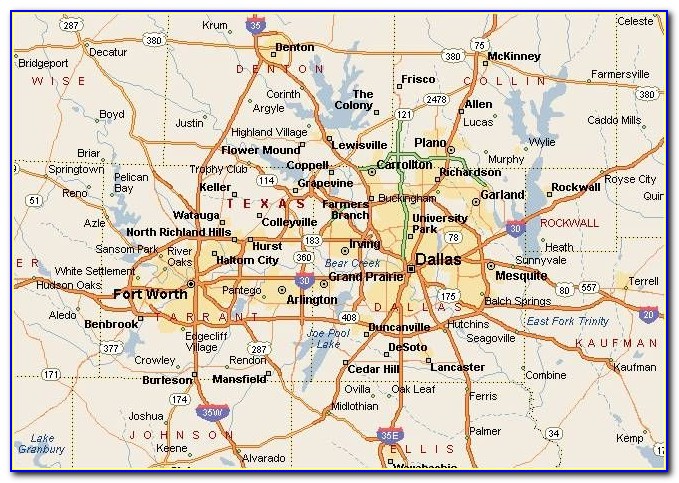
The PDMP monitors the prescribingĪnd dispensing of schedule II-IV controlled substances to assist in the identification and prevention of prescriptionĭrug misuse. Saint Louis County PDMP Enables Additional Enhancements for Heathcare Providers. Governor Parson signs SB 63: Creating Statewide Prescription Drug Monitoring Program in Missouri. Senate Bill 1842 allows the PMP to send automatic reports to prescribers and dispensers when medication shopping is detected from five identifications of a prescriber or pharmacy in a six month period. ILLINOISĪmid rising opioid overdose rates, State Senator Mattie Hunter (D-Chicago) proposes a new law to increase regulations for the prescription monitoring program (PMP). Jurisdiction's recent PMP press release, please contact us. If you would like to suggest a particular state / Meant to be a comprehensive list of all the PMPs in the news. The intent is to highlight a few programs at a time and is not This section features recent PMP press releases. Model Prescription Monitoring Program (PMP) Act of 2021
#Delaware pmp update#
NASCSA ADOPTS UPDATE TO THE MODEL PMP ACT

Please contact Thank you to all of the states who have assisted or plan to assist the DEA in fulfilling their obligation. Bamboo Health will provide assistance to states regarding questions related to report calculations and specifications. Please see the attachment for more information. In an effort to encourage participation by all state PDMPs, Bamboo Health has provided a sample of the report and specifications for use by any state who wishes to help the DEA meet their statutory requirement. NASCSA, in collaboration with Bamboo Health, established a reporting framework that could be utilized by approximately 40 state, county, and territorial PDMPs. In March 2021, DEA sent a letter to NASCSA requesting assistance in obtaining PDMP data for the purpose of establishing its aggregate production quota, pursuant to. Section 306 of the Controlled Substances Act (CSA) requires the Attorney General to establish production quotas for each basic class of controlled substances listed in schedules I and II, and for the list I chemicals ephedrine, pseudoephedrine, and phenylpropanolamine. NASCSA Members Assist DEA in Establishment of Aggregate Production Quota State Prescription Monitoring Programs recently participated in a survey regarding which version of ASAP standards they were utilizing or planning to move to in the coming year. TTAC_NASCSA_Recommended_Best_Practices_for_Veterinary_Prescriptions_20220128.pdf Throughout 2021 NASCSA and the PDMP TTAC developed a document that discusses challenges, barriers, and opportunities for the dispensing and reporting of veterinary prescriptions and presents best practices. This workgroup expanded upon a Veterinary Best Practices guide previously published by PDMP TTAC and performed an in-depth review, including surveys of state PMP administrators regarding veterinary prescription dispensing and reporting. The workgroup consisted of PDMP representatives from Maryland, Massachusetts, Nebraska, New Hampshire, and South Carolina. In December 2020 the NASCSA Executive Committee voted to have the PMP Committee to convene a workgroup with the PDMP Technical Training and Assistance Center to examine the reporting and processing of veterinary prescription dispensations.

TTAC/NASCSA Recommended Best Practices for Veterinary Prescriptions NASCSA-Response-to-NCPDP-Standards-Final.pdf

NASCSA reviewed this paper and created a document by several Prescription Monitoring Program (PMP) administrators and subject matter experts in response to the NCPDP publication to clarify and correct some of the statements and claims made by NCPDP and how existing PMPs address the opioid crisis, public health needs, and patient safety. In that paper, NCPDP provides their perspective on Prescription Drug Monitoring Programs (PDMPs) and a proposed solution. In January 2019 NCPDP published NCPDP Standards-based Facilitator Model for PDMP-An Interoperable Framework for Patient Safety.


 0 kommentar(er)
0 kommentar(er)
